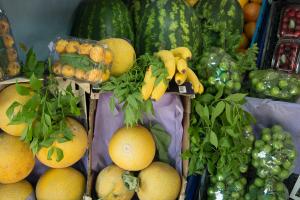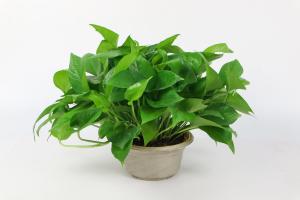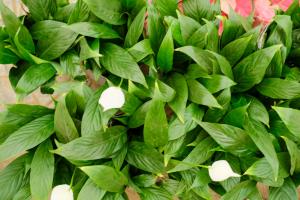1、 Grafting time
Ginkgo biloba is usually grafted in spring and autumn. Spring grafting should also be selected at different times in different regions. Generally, before and after the rain to Qingming in Zhejiang, it should be carried out earlier in the South and delayed in the north because of the earlier warming in the south. Autumn grafting is generally in the rainy season. If the climate is too dry, the success rate of grafting will be reduced
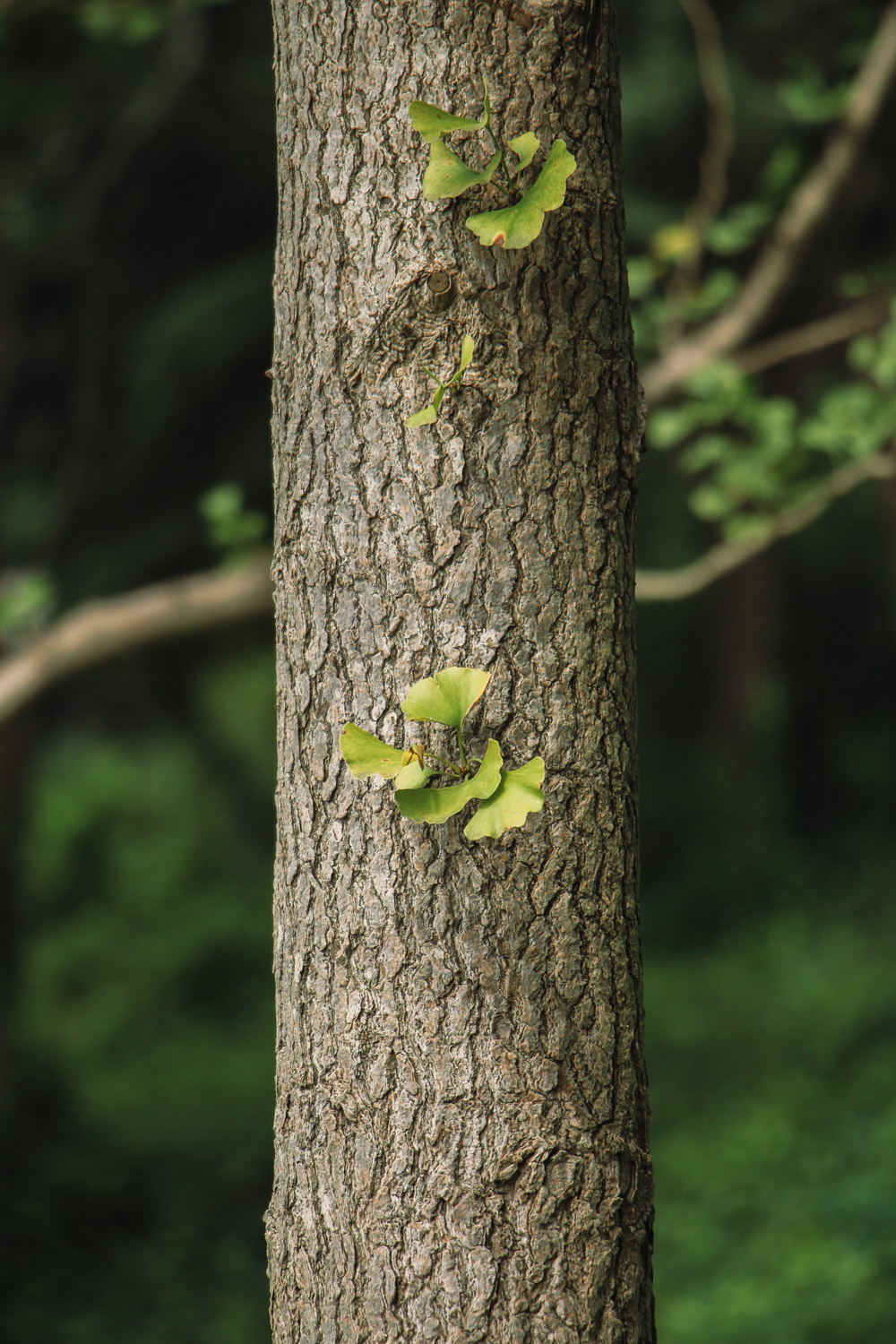
2、 Rootstock selection
Ginkgo biloba can only be used as rootstock for grafting. Although it is dioecious, Female Ginkgo biloba can be grafted with male ginkgo biloba, male ginkgo biloba can also be grafted with female, or ordinary Ginkgo biloba can be grafted with some excellent varieties. In addition, according to different grafting methods, there are also requirements for the age of rootstocks. For example, young trees under 5 years are generally selected for split grafting, and large trees and small trees can be cut and skinned

3、 Scion treatment
According to different grafting methods, the treatment methods of scion are also different. For split grafting, select strong old trees, use 1-3-year-old thick branches as scions, and cut the bottom into a wedge. The bottom of the branch is cut into 2-3 years, and the bevel is selected. The skin joint is similar to the cutting joint, and the inclined plane is longer. Bud grafting requires cutting the selected bud into shield shape
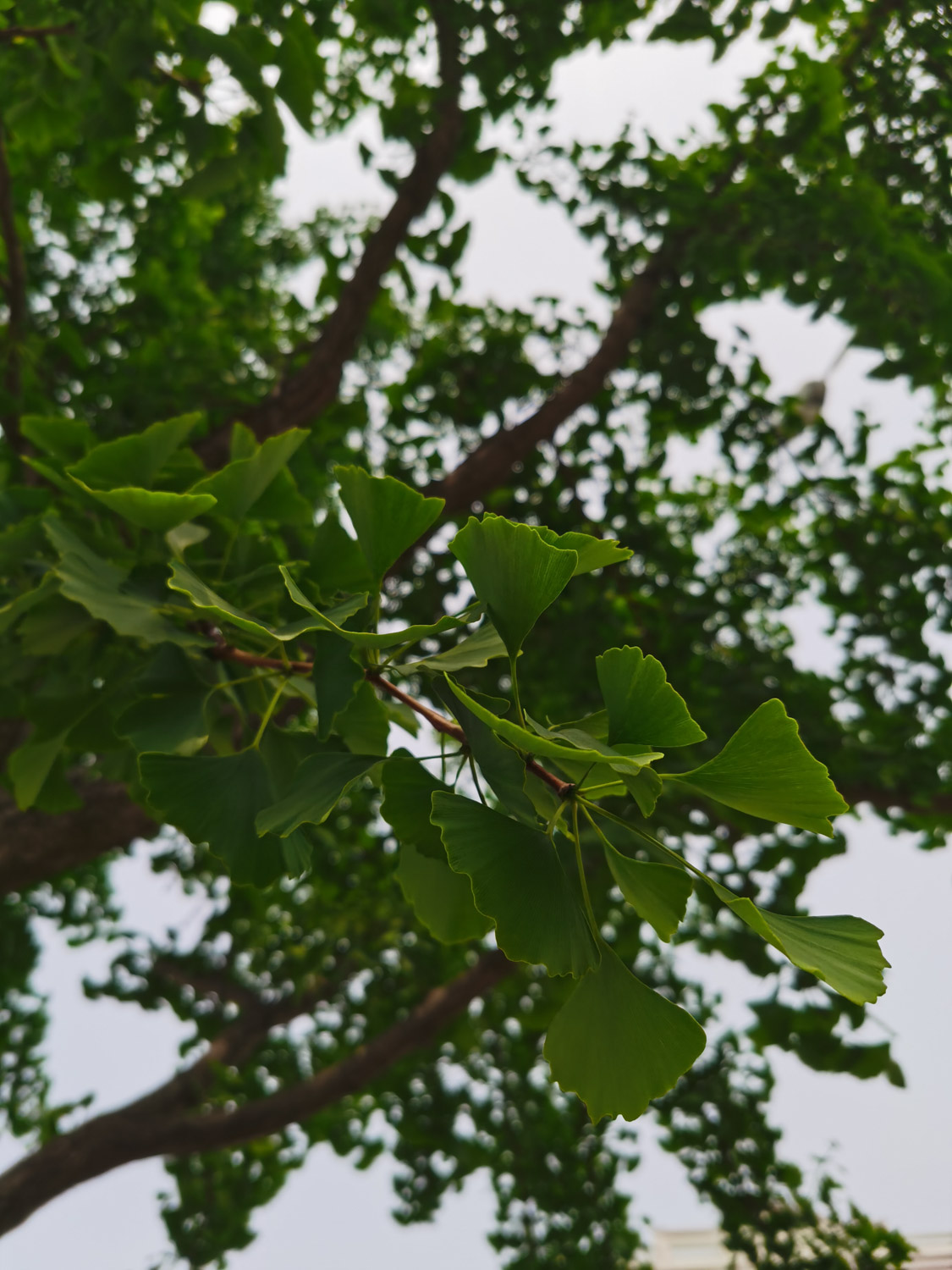
4、 Grafting
After the rootstock and scion are ready, grafting can be carried out. Insert the bottom of the scion into the incision of the rootstock, wrap it with plastic film and tie it tightly to avoid the entry of water and air outside, so as to avoid wound infection. Pay attention to maintaining air humidity. If it is too dry, it is not conducive to survival

 how many times do yo...
how many times do yo... how many planted tre...
how many planted tre... how many pine trees ...
how many pine trees ... how many pecan trees...
how many pecan trees... how many plants comp...
how many plants comp... how many plants can ...
how many plants can ... how many plants and ...
how many plants and ... how many pepper plan...
how many pepper plan...